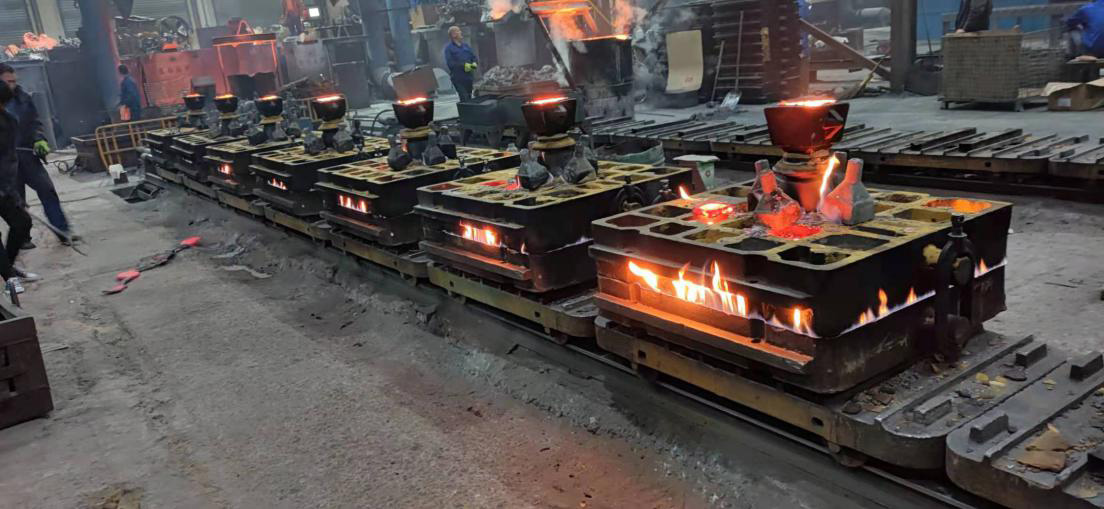The Role of Sand in Ceramic Fire Bricks
Ceramic fire bricks are essential materials widely used in various high-temperature applications, including kilns, furnaces, and fireplaces. One of the key components that contributes to the durability and efficiency of these bricks is sand. Understanding the role of sand in the formulation and performance of ceramic fire bricks can provide insights into their manufacturing process and their functional capabilities.
Composition and Properties
Ceramic fire bricks are primarily composed of alumina and silica, where sand plays a significant role in providing the silica component. Silica, primarily found in sand, is critical for creating a stable and durable matrix in fire bricks. The presence of sand enhances the mechanical strength and thermal shock resistance of the bricks, making them ideal for high-temperature environments.
When sand is mixed with clay and other materials, it forms a composite that can withstand extreme heat. The specific type of sand used can vary, but generally, quartz sand is preferred due to its high silica content and low impurities. The fine particles of sand contribute to a smooth texture and uniformity in the brick's structure, which is essential for ensuring even heat distribution.
Manufacturing Process
The manufacturing process of ceramic fire bricks involves several stages, including raw material preparation, molding, drying, and firing. In the initial phase, different raw materials, including clay, sand, and various additives, are carefully measured and mixed to achieve the desired properties. The inclusion of sand not only influences the physical properties but also the thermal behavior of the final product.
Once the raw materials are combined, the mixture is shaped into bricks using molds. The addition of sand helps to enhance the flowability of the mixture, making it easier to mold into precise forms. After molding, the bricks undergo a drying phase, during which excess moisture is removed. This step is crucial, as it prepares the bricks for the subsequent firing process, where they are subjected to extremely high temperatures in a kiln. The firing process leads to the vitrification of the materials, resulting in a solid and non-porous structure that can resist thermal stress and erosion.
sand ceramic fire brick

Performance Characteristics
The performance of ceramic fire bricks is heavily influenced by the characteristics of the sand used in their composition. The grain size, shape, and purity of the sand can significantly impact the final properties of the bricks. For instance, well-graded sand with a mix of different particle sizes can improve the density and mechanical strength of the bricks.
Moreover, the thermal conductivity of the bricks is affected by the quality of the sand. High-purity silica helps in maintaining the insulating properties of the bricks, ensuring that they retain heat and provide energy efficiency in high-temperature applications. This characteristic is especially important in kilns and furnaces, where maintaining elevated temperatures is crucial for process efficiency.
Environmental Considerations
The sourcing and processing of sand for ceramic fire bricks also raise environmental concerns. Sand mining can lead to habitat destruction, soil erosion, and water table depletion. Therefore, sustainable practices in sourcing materials are becoming increasingly important. Some manufacturers are exploring the use of recycled materials and alternative aggregates to reduce the environmental footprint of brick production.
Conclusion
In summary, sand is a vital component in the manufacturing of ceramic fire bricks, significantly influencing their mechanical and thermal properties. The right choice of sand can enhance the performance of these bricks, making them indispensable in high-temperature industrial applications. As manufacturers continue to innovate and seek sustainable practices, the role of sand will remain integral to the evolution of ceramic fire bricks, ensuring their continued relevance in modern engineering and architecture. Understanding this connection can help both consumers and manufacturers appreciate the complexity and significance of materials used in construction and processing industries.
Post time:Novemba . 11, 2024 18:49
Next:lost foam casting coating
